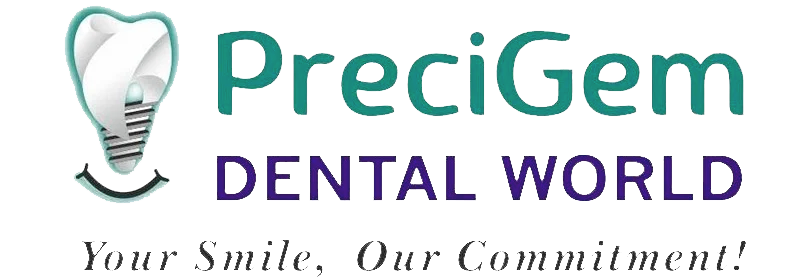Gum Treatment for Loose Teeth & Affordable Surgery Cost in India
Scaling and Root Planing
Non-surgical therapy removes plaque and calculus by controlling the growth of harmful bacteria and by treating conditions that encourage gum disease.
Non Surgical Periodontal Therapy
Scaling is a type of cleaning that removes plaque and calculus from the teeth at and slightly below the gum line Root planing smoothen root surfaces, so the supportive tissues can better reattach to the tooth surface. Often, this will be done with local anesthesia so you can relax and feel nothing as we rehabilitate your gums.
Antibiotics
Periodontal disease is a bacterial disease and the key to controlling or eliminating it is the effective reduction or elimination of the harmful bacteria. An adjunctive option to scaling and root planing may be provided in either pill form or applied directly to the infected area (gum pocket) in the form of antibiotic powder. An antibacterial mouth rinse also may be prescribed to help control the harmful effects of and reduce bacterial plaque.
Occlusal Adjustment
An improper bite or a traumatic occlusion may increase bone destruction attached to such offending teeth. We may either choose to adjust your bite so that your teeth meet properly and function better or construct a custom bite guard or splint- a removable device that fits over upper or lower teeth – to protect teeth surfaces and relax tense jaw muscles.
Pocket reduction surgery may be required if
You have periodontal pockets greater than 4 mm in depth. These pockets contain bacterial plaque which places your gum tissue at risk for chronic infection.You have uncontrolled accumulation of plaque below the surface of the gum which has resulted in bone destruction and deepening of pockets.
Pocket reduction therapy, which includes scaling and root planing for mild periodontitis and laser periodontal therapy or osseous surgery for more severe disease, will reduce the risk of your periodontal disease progressing by
- Separating gum tissue from underlying bone to remove root debris and infected tissue followed by re positioning Gum to original place with sutures.
- In some cases it may be necessary smooth irregular surfaces of the damaged bone to limit areas where disease-causing bacteria can hide and allow the gum tissue to better reattach to healthy bone.
- Therby Reducing the depth of your periodontal pockets.

